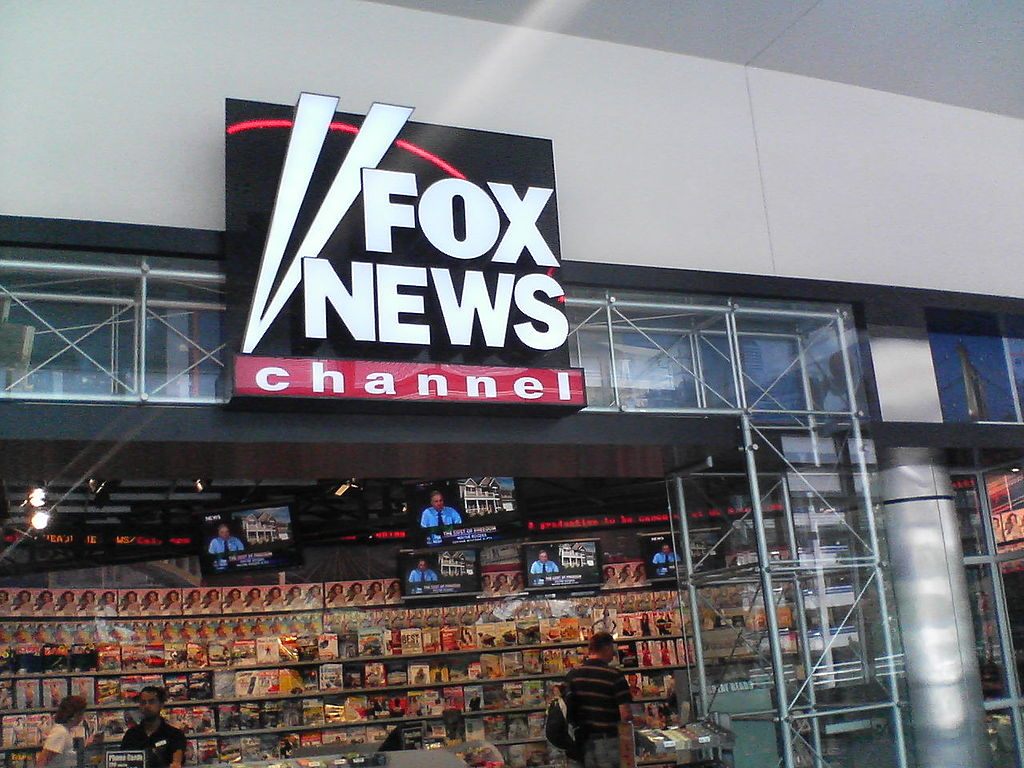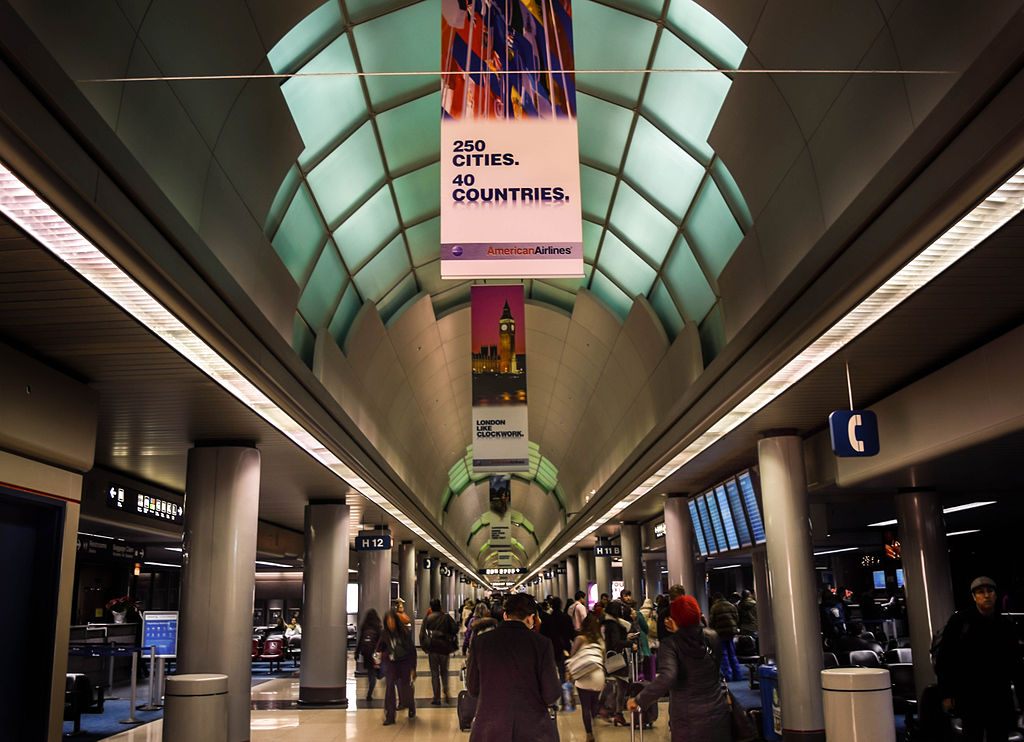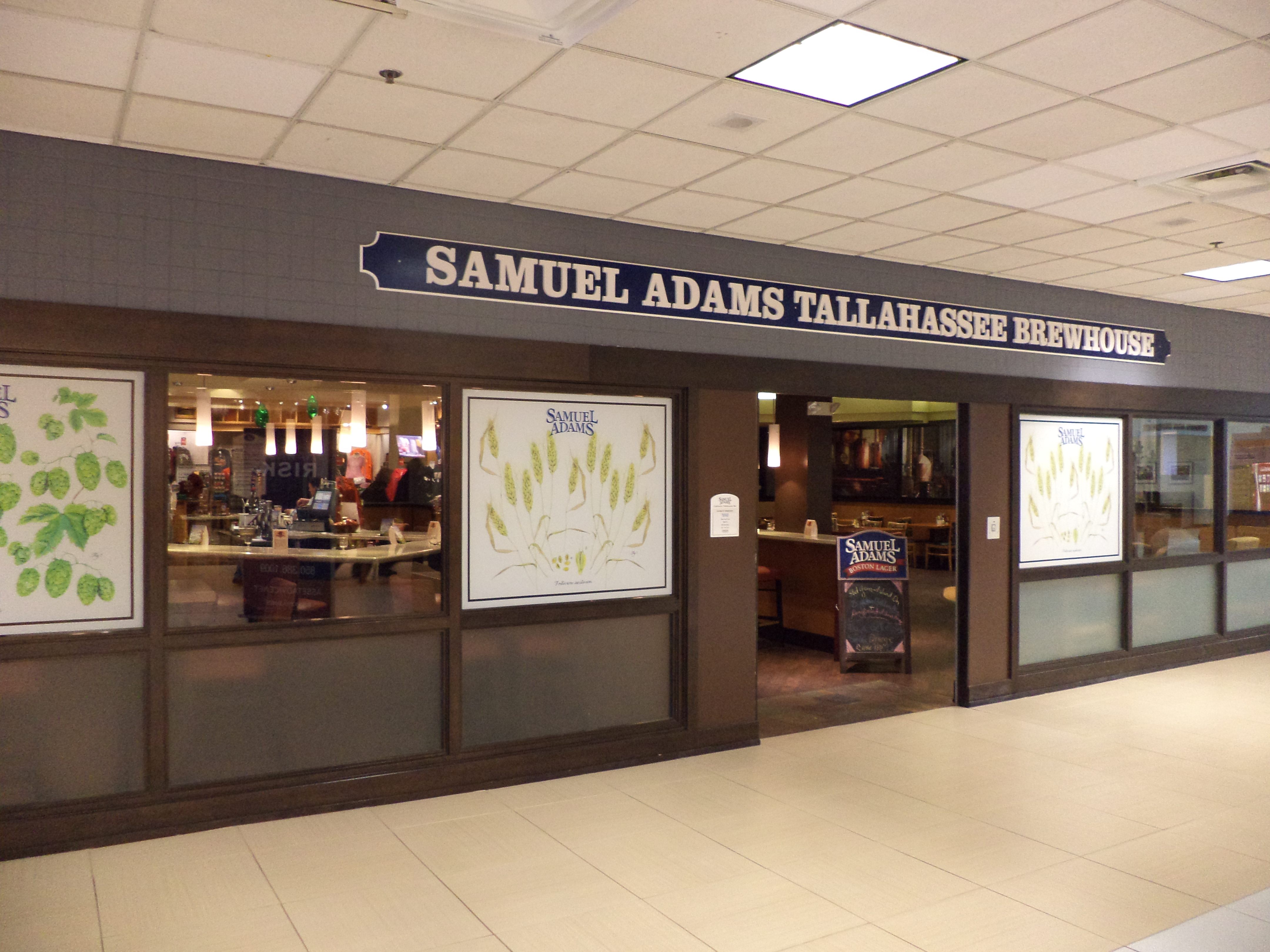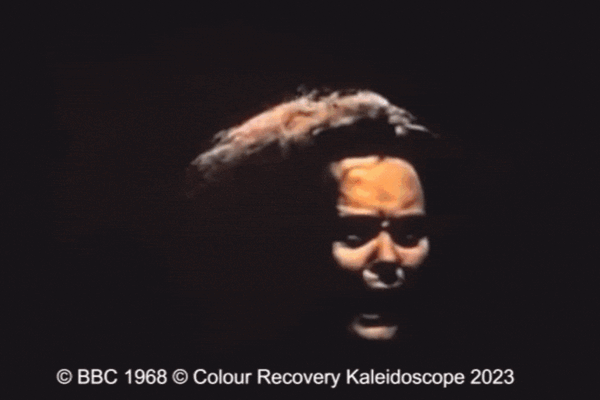Branded Newsstands, Bad Nachos, and the Evolution of Airport Retail
Why are so many airport shops named after news networks?
 Fox Newsstand at Minneapolis Airport. (Photo: Seth Werkheiser/CC SA: BY 2.0)
Fox Newsstand at Minneapolis Airport. (Photo: Seth Werkheiser/CC SA: BY 2.0)A version of this post originally appeared on Tedium, a twice-weekly newsletter that hunts for the end of the long tail.
When you travel to different places—in the U.S. in particular, perhaps less so outside of it—the airports often feel like they’re designed of a single piece of cloth, despite the fact that they’re most certainly not.
While there are some modest design differences here and there, you’re ultimately waiting for your flight in an area that has little to distinguish it from the other airports you’ve been in.
As a guy who travels a few times a year and notices trends, I wanted to answer an important question for myself about airports: Why are the stores branded after TV news networks?
I have this memory from a decade ago of a plate of nachos so disturbing that I wasn’t sure what to do with them.
Like a Guy Fieri fever dream that lingers years after the fact, they were huge, loaded with a level of nourishment that no one human being should ever be able to eat. It was like someone took the giant plate of nachos you would get at a sports bar and then doused them with steroids, just to make them bigger and more imposing.
This plate of nachos, which I immediately regretted purchasing, came into my purview thanks to the fact that I had a transfer out of Charlotte’s airport—and found myself at the airport’s Fox Sports Bar & Grill. Inside, giant pictures of sports commentators Howie Long, Terry Bradshaw, and James Brown stared down at me as I tried to rush through my meal.
Now, this restaurant isn’t unique to the airport experience—there’s another location in San Diego, for one thing—but its naming convention is far from uncommon in the microcosm of airport society. Fox Sports’ popular cable cousin, Fox News, offers the namesakes for Hudson News-style airport stores in a few cities, including Houston and Minneapolis.
CNN may constantly lose to Fox News in the ratings, but it wins on the airport retail front: The company has at least three store locations in Hartsfield-Jackson Atlanta International Airport, as well as locations at airports in Orlando, Chicago, Pittsburgh, Los Angeles and Orange County, California.
Heck, even Univision is getting in on the branded airport store game.
 CNBC News Store in Philadelphia International Airport. (Photo: Wasted Time/CC SA: BY 3.0)
CNBC News Store in Philadelphia International Airport. (Photo: Wasted Time/CC SA: BY 3.0)
But what might be surprising to cable viewers is that the TV network that is the straight-up champion of this unusual business model is CNBC, a network that is so ineffective from a ratings standpoint that it had to drop Nielsen last year out of concerns the ratings firm was improperly measuring its offerings.
So why CNBC? To put it simply: they were early, it made sense from a marketing standpoint, and they found just the partner to work with.
In December of 2001, the Paradies Shops announced a plan to team up with the network to open a number of CNBC-related shops in airports around the country over a three-year period. The deal gave Paradies—which, at this point, owned 300 specialty stores—a strong brand so it could compete with the then-surging Hudson News. Paradies was so bullish about the deal that they decided to rebrand some of their existing stores with the CNBC name.
(The Hudson News-style store is big business, by the way. In 2014, Skift reported that Hudson Group averaged 90 million consumer transactions in a year. Not bad for a firm that tripped into newsstands back in the ’80s.)
“We are very excited to be a partner with this highly respected and recognized brand,” Gregg Paradies, then Paradies’ COO and now its president and CEO, said in a 2001 press release. “CNBC is the leading global brand in business news and analysis. The demographic profile of the CNBC viewer and the business traveler is a perfect fit for our airport operation and we believe that our CNBC News operations will become a ‘destination’ for our frequent travelers.”
 Terminal 3 at Chicago O’Hare Airport. (Photo: Matt Popovich/CC SA:BY 3.0)
Terminal 3 at Chicago O’Hare Airport. (Photo: Matt Popovich/CC SA:BY 3.0)The idea—which, as you might guess, emphasized the business network in a number of ways—was so good that not even the 9/11 attacks that year could stop the idea from taking shape.
The first CNBC location opened in Kansas City in 2002, and from there, they grew like weeds—as of 2008, CNBC had 75 stores. Soon, Paradies was replicating the idea with the help of The New York Times. (The approach apparently worked for Paradies; the firm merged with another airport retailer, Lagardère, last year.)
Hudson, the big name in the airport retail space, soon adopted the trend as well, bringing on CNN as a client. In comments to USA Today in 2008, Hudson spokeswoman Laura Samuels noted that such stores were particularly attractive for news channels due to the high-value demographics of those customers.
Additionally, it has a lot of advantages over traditional advertising approaches for newspapers or networks, because it doesn’t get in the way of coverage.
“Airport travelers are a unique customer set, with an unusually high demographic of age and income,” Samuels told the newspaper. “These are people who thrive on information.” (It should be noted that USA Today published the story to highlight its airport retail stores, which it was just introducing in Detroit.)
You can’t convince people to buy your magazines or watch your TV shows? Considering selling them a couple of Twix Bars and a SmartWater instead.
But what about my experience with the Fox Sports-branded restaurant? Is that the best that airports can do when it comes to food?
As it turns out, it isn’t. In fact, some of the earliest airport restaurants were known for their swankiness. The first airport restaurant I can find, the Sky Room at the Burbank airport, was known (as was the airport) for attracting the Hollywood crowd in the 1930s and ’40s.
“There was always somebody famous at the airport,” Charles August Bausback, the son of the Sky Room’s original owner, told the Los Angeles Times in 2000. “The stars wanted to be seen where the action was and it was a happy hunting ground for news photographers, who came out here on a regular basis.”
Since then, airports have only occasionally had restaurants that punched above their weight. The most notable of those came around in the 1950s, when Joe Baum, a famed restaurateur who later became known for his work with The Four Seasons Restaurant and Windows on the World, launched a restaurant at the Newark International Airport called The Newarker. NJTV notes that the fairly opulent restaurant at one point was so popular that 90 percent of its customers weren’t even traveling.
 The Samuel Adams Tallahassee Brewhouse Restaurant at the Tallahassee Regional Airport in Florida. [Photo: Michael Rivera/CC BY-SA 3.0]
The Samuel Adams Tallahassee Brewhouse Restaurant at the Tallahassee Regional Airport in Florida. [Photo: Michael Rivera/CC BY-SA 3.0]
We’re so far from those days that we’re vaguely impressed when Chipotle tries something new at the dullest airport in the Washington, D.C., area, Dulles. The burrito firm, as a general rule, doesn’t serve breakfast at its many restaurants, but in two D.C.-area airports, the company was contractually obligated to be open during breakfast hours, so it tried adding a little egg and potato to its meals.
They weren’t impressed with the results, however, and scrapped that idea.
If you’re looking for culinary innovation these days, your best bet might be around Atlanta, where restaurants are innovating at airports in a couple of fascinating ways. The Atlanta-area DeKalb Peachtree Airport, a non-commercial airport which is known for amateur pilots and air shows, has two restaurants, one of which is WWII-themed.
Meanwhile at Hartsfield-Jackson Atlanta International Airport, the airport you’ve most assuredly found yourself in if you’ve ever flown to or from the East Coast, is a James Beard-nominated airport restaurant, One Flew South. The concept of an upscale dining facility in an airport has been tried before, obviously, but has been gaining fresh interest in recent years.
Why don’t we have more dapper culinary approaches like this? Problem is, One Flew South and other similar high-end spots have run into staffing problems, caused by the location and the requirement to go through an expensive TSA screening process for new employees.
When you can work at a fine dining restaurant anywhere other than the airport, why work at the airport?
CNBC-style collaborations with airport retailers are common, but there’s always room for them to go awry. Just ask the folks at Kitson Stores, a boutique department store chain that got into a bizarre spat last year with Hudson Group over the price of water. Hudson wanted to charge $5 for a bottle of water at its branded stores, but Kitson balked. The legal battle ultimately highlighted deeper issues for Kitson, which announced it was closing its entire chain of stores last year.
As dumb as the lawsuit was, it nonetheless highlights two useful points: One, people love their water (it’s the most purchased item by airport consumers, according to recent Hudson Group research), and two, airports very naturally offer a “captive audience” for many retailers, who aren’t afraid to jack up their prices to take advantage of this market disparity.
 Käfer’s restaurant at Frankfurt Am Main Airport, Germany. [Photo: UggBoy/CC BY 2.0]
Käfer’s restaurant at Frankfurt Am Main Airport, Germany. [Photo: UggBoy/CC BY 2.0]
Part of the reason for this, according to a 2012 Clear Channel Airports survey, is that the audiences that go through airports tend to be demographically attractive, and those consumers tend to buy things they don’t need, so they get advertised to a lot more.
“This study identifies a consumer demographic that spends time and money engaging with airport advertising and is very receptive to new products and services,” the study, which describes humans in the most inhumane terms possible, states. “The study is clear: airports deliver high returns for advertisers.”
The potential to jack up prices in this way is very tempting, but not every retailer or restaurant chooses to do so. For example, Portland, Oregon’s airport bans that kind of activity.
“For us, street pricing is the right thing to do,” PDX airport spokesperson Kama Simonds told The Points Guy. “Travelers are happy, they are eating good meals and purchasing quality products—all while paying a fair price.”
If airports as a whole stopped charging passengers extremely high prices that’d be breaking news, indeed.

A version of this post originally appeared on Tedium, a twice-weekly newsletter that hunts for the end of the long tail.














Follow us on Twitter to get the latest on the world's hidden wonders.
Like us on Facebook to get the latest on the world's hidden wonders.
Follow us on Twitter Like us on Facebook